January and February Streaming
A pipin' hot streaming dispatch from the Draftiest Apartment in New York City
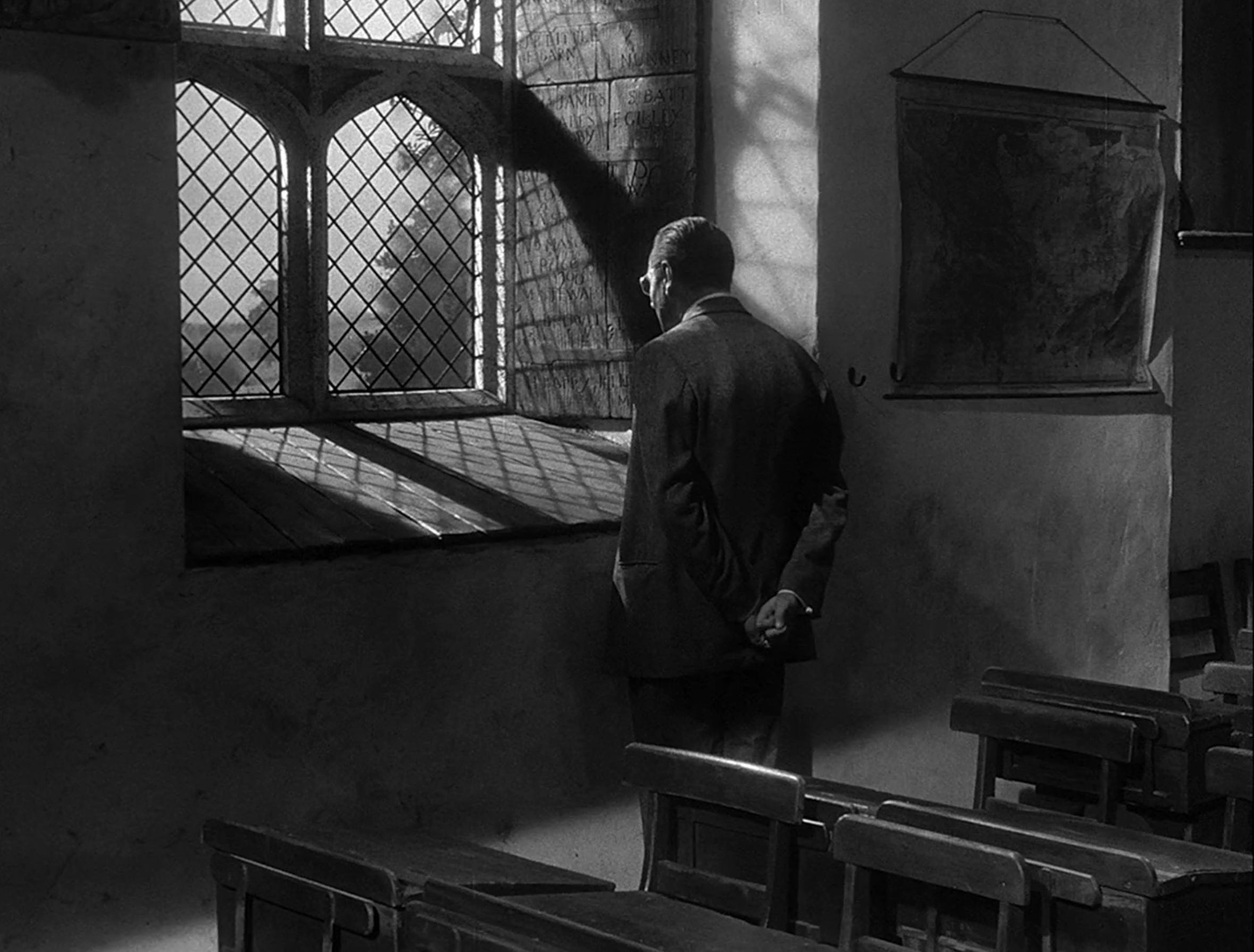
“There were nights when the wind was so cold,” Celine Dion once sang on her hit 1996 single “It’s All Coming Back to Me” from her fourteenth studio album Falling Into You, “That my body froze in bed.” And the Charlemagne, Quebec native would know about cold and the profound chasm of January: on average, the temperatures of Quebec range between -6°C to -15°C during that particular month. The existential and literal chills of January can feel so hard to shake off, particularly in the void of the holiday season when global climate change has transformed into New York City into a chilly, barren wasteland where snow no longer really accumulates as it once did.
As we at The Spread turn our frozen hearts to cozier thoughts, we’re cooking up more streaming programming with extreme comfort in mind. Through the mighty power of cinema, travel to picturesque (and not at all abusive) international boarding schools set — invariably — in snow-capped destinations; warm up with some smokin’ hot bombshells, going head-to-head; and dig into the hot-button issues of international conspiracies.
Welcome to January and February streaming.
Take up residence with us as we wait for the proverbial thaw, because it’s all coming back to us now…
How can you have any pudding if you don't eat yer meat: Boarding School Cinema
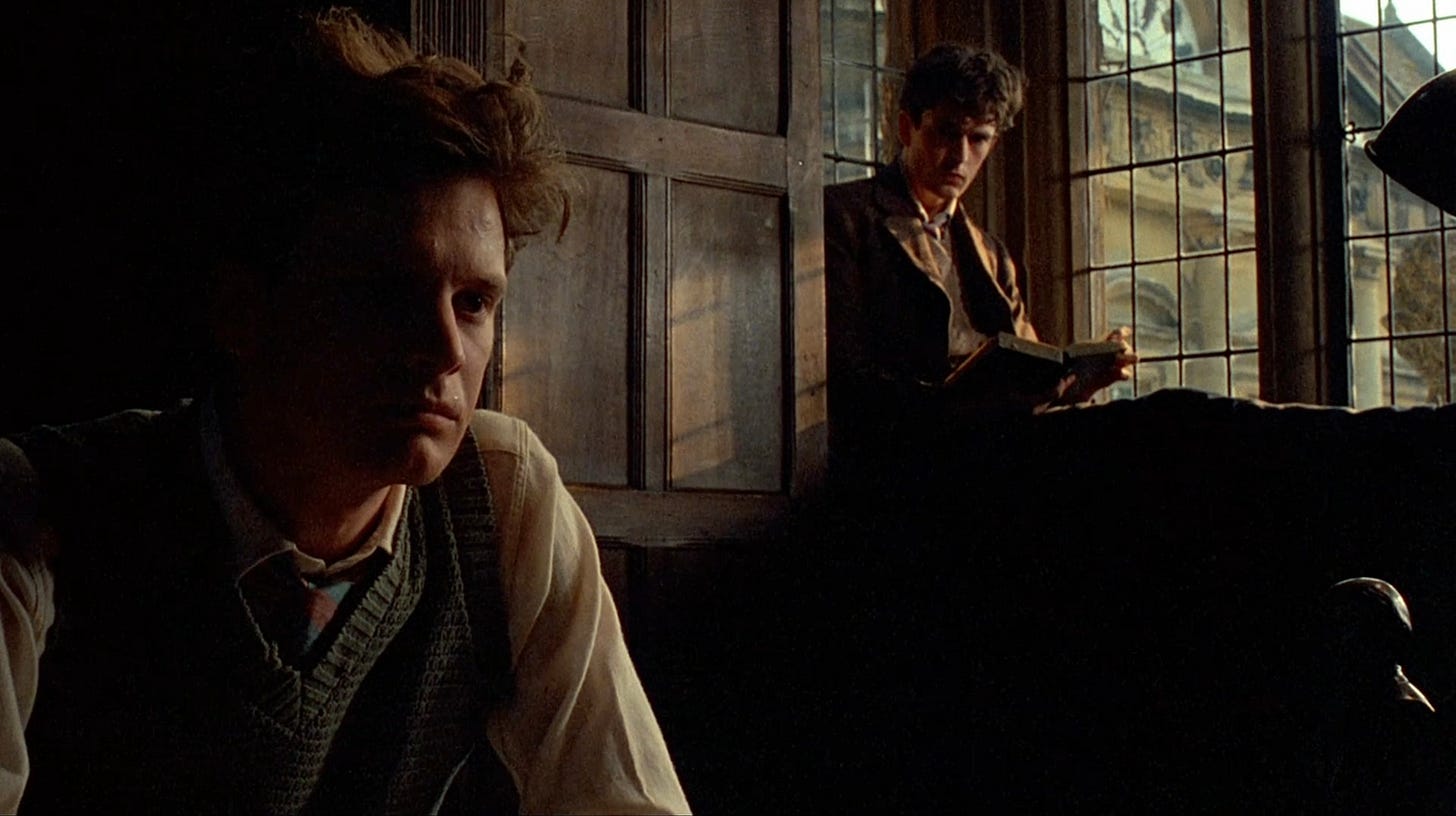
With the arrival of a new Boarding School Classic, The Holdovers — and the recent infamy of Saltburn, set at Oxford, which is basically big boy boarding school for rich British people — it seems high time to turn our scrutiny to the rich cinematic tradition of the boarding school movie. In recent years, the psychiatric community has been abuzz with recognizing and treating the potential psychological impacts of boarding school: turns out, as enticing as adolescent independence may sound for all, shipping your children off to a place of isolation from a young age is probably not good for their mental health development. According to Professor Joy Schaverien, “Boarding School Syndrome,” which is not a medical diagnosis, attempts to understand a pattern of interpersonal issues that may stem from extended time spent at boarding schools, including anxiety and difficulty maintaining relationships. She breaks down this psychiatric response to boarding school into an “ABCD” acronym: A for abandonment, B for bereavement, C for captivity, and D for dissociation. Or: “All in all, you're just another brick in the wall,” Roger Waters wrote of the abusive English comprehensive school system. That song soundtracks a scene of youthful revolt against such an institution in the 1979 cult musical film The Wall, inspired by Rogers’ time with original Pink Floyd member Syd Barrett at the Cambridgeshire High School for Boys. In the groundbreaking 1968 British film if…, which introduced Malcolm McDowell to the world, the abusive institution becomes the site of guerrilla conflict when rebellious students literally take up guns against the source of their torment. In Another Country (1984), Rupert Everett turns against his own nation after witnessing the repressive, toxic, and absolutely rigid class system therein, perpetuated and enforced through the brutal culture of a 1930s public school. Indeed, the British seem like a particularly ruined people, and British literature, film, and popular culture is rife with comprehensive and private boarding school trauma — though they are far from the only culture with a Boarding School Problem. For this program, travel across the globe to covet palatial landscapes with imposing structures; fetishize the notion of adolescent seclusion and co-habitation; interrogate issues of gender and sexuality within repressed, largely homosocial environments; examine the cultural codes of brutality and corporal punishment that mold bright young minds and bodies; and process the trauma of growing up completely isolated from the people who brought you into this world. Our boarding school cinema program looks at boarding schools from across the globe: Japan (The Cherry Orchard, 1990); France (Olivia, 1951; Zero for Conduct, 1933); Australia (Picnic at Hanging Rock, 1975; The Devil’s Playground, 1976), Canada (Lost and Delirious, 2001; The Trotsky, 2009), Spain (Bad Education, 2004; Bloody Moon, 1981) and so much more. These boarding schools run the gamut from heaven (the comforting, conformist cheer of the Harry Potter franchise, set at a fictional wizarding boarding school in Orange Order-coded Scotland) to hell (the haunted grounds in Guillermo del Toro’s The Devil’s Backbone, 2001), but all have something to say about the boarding school experience and the impact of tightly controlled, totalizing environments.
Dumb Blondes: Judy and Jennifer
For our Actors Showcase this month, we’re trying something a little different: two iconic female actresses in conversation with each other! It’s a pair of iconic blondes vs. zeitgeist brunettes this month, beginning, of course, with the fairer(-haired) sex. First up: the films of Judy Holliday, the original dumb blonde comedic icon of Hollywood, in conversation with the work of Jennifer Coolidge, the clear custodian of her legacy. Both actors use the permissive blanket of their overt femininity and perceived gendered aptitude as a Trojan horse for smart, incisive satires of American cultural norms… plus both are just extremely funny ladies!
Judy, Judy, Judy Holliday
Born Judith Tuvim in Queens to a pianist and a political activist who ran as the Socialist Party candidate for the New York legislature six (unsuccessful) times, mid-century screen star Judy Holliday epitomized the urban-coded bombshell of the post-War era onscreen while maintaining a strong sense of identity and social justice in her personal life. After breaking out with Greenwich Village nightclub comedy act “The Revuers” alongside members like Adolph Green, Betty Comden, and Alvin Hammer — as well as their occasional piano accompanist, Leonard Bernstein (maybe you’ve heard of him?) — Holliday appeared in a few backgrounds parts in Hollywood before finding her stardom on the Broadway stage, particularly after the success of 1946 stage hit Born Yesterday, which she eventually played on the silver screen (despite the protestations of Columbia studio chief Harry Cohn, who wanted a known name). In the delightful film adaptation, she perfected the signature “Judy Holliday” voice: a high-pitched, girlish squeal marred by poor vocabulary, malapropisms, and a distinctly urban lilt. Born Yesterday (1950), like the stage show, was a massive hit, winning Holliday the Academy Award for Best Actress over several higher profile names, which — combined with her scene-stealing performance in Adam’s Rib the prior year — made her an instant star. Sadly, it was a short-lived reign for the beautiful blonde with the funny way of talkin’: before too long, she was called to testify before the Senate Internal Security Subcommittee (the Senate equivalent to the House Un-American Activities Committee) over her longstanding progressive affiliations, which included organizations fighting against anti-semitism, racism, and fascism. Unlike several of her contemporaries, Holliday was able to weather the political maelstrom, preserving her career in the process. She accomplished this by playing the "dumb blonde" caricature she previously perfected on-screen in front of the committee, as if that were her real identity. She couldn't be a communist, she's too stupid to be a communist! It was an effective strategy, and while it forced her to denounce communism outright, it also ensured that she didn't have to “name names,” which would have led to the blacklisting of her fellow travelers; she doesn't know who all was going to meetings or what kind of the meetings they were, she's just a girl! Although Holliday made a number of other films which showcased her incredible comedic timing and profound vulnerability, she sadly died in 1965 from breast cancer; she was only 43. She left behind a far-too-brief filmography and a number of radio recordings, but her impact on popular culture has proved timeless: every “dumb blonde” character (and caricature) shares a little bit of Judy Holliday’s DNA. Unlike other iconic post-War blondes, Judy Holliday wasn’t glamorous or affluent: she was just a talented kid from New York with a funny accent and a pretty face. In her movies, she’s always being underestimated by the people around her, who dismiss her outright on the presumption that she’s dim because of her girlish voice and feminine physique, often only to learn otherwise. She cunningly deployed that persona as a weapon, couching her considerable intelligence within a protective casing. It was her armor to survive a world that held out very few options for women, and which was practically hostile to the notion of a woman being funny on purpose. Judy Holliday — with her baby voice, ditzy pantomime, and kilowatt smile — is a timeless sex symbol for every beautiful woman marching to the beat of her own drum. After all, they underestimate all of us, too.
Jennifer “Likewise, I’m Sure” Coolidge
The hardest working woman in show business, the ubiquitous (yet somehow underrated) Jennifer Coolidge is receiving a lot of recent attention thanks to her wonderful Emmy-winning performances in two seasons of HBO's hit prestige comedy White Lotus, where she's hilarious, cringeworthy, and heartbreaking in equal turns. Time named her one of the most influential people of 2023; in her accompanying essay, Mia Farrow wrote of Coolidge: “So many of the qualities that have made everyone fall in love with her are outside of what is mainstream or expected: her eccentric mannerisms, hilarious improvisations, and, most of all, aching vulnerability. She is uncompromisingly, exquisitely herself.” Why are we so desperate to lionize Coolidge now, after so much time? Well, she’s been working forever, always killing it, but typically in fare that’s generally far below the level of her talent: it feels novel to get to see her in material custom-made for her unique skill set (such as White Lotus). It can be easy to forget just how talented Jennifer Coolidge is as a performer: like Judy Holliday before her, her characters are a compelling mixture of unrefined sex appeal and outright idiocy. Tall, voluptuous, and apple-cheeked, she was never going to fit into the background, so she leaned into all the things that made her so unusual as a performer. Initially dreaming of becoming a serious actress like Meryl Streep, Jennifer Coolidge developed the “Jennifer Coolidge” persona sometime while working with the improvisational comedy group the Groundlings in Los Angeles, appearing in a number of classic (and not-so-classic) comedy films of the 90s and 2000s, beginning with her breakout as Stifler’s mom in American Pie (1999). A frequent collaborator of improv comedy director Christopher Guest, she’s appeared in a number of the director’s best works, including Best in Show (2000), A Mighty Wind (2003), and (my personal favorite), For Your Consideration (2006). Each character in these films is tooled just a little bit different to be wholly unique, like there’s a Kinsey scale specifically for Jennifer Coolidge and she’s manually adjusting it each time. She’s had few real opportunities to show the range of her talent, though she astounds in a rare-dramatic part in Werner Herzog’s Bad Lieutenant: Port of Call New Orleans (2009), and (thankfully) there’s a recording of her Broadway debut, a 2001 staging of Clare Boothe Luce’s 1936 comedic satire The Women starring Cynthia Nixon, Rue McClanahan, Kristen Johnston, Jennifer Tilly, and Heather Matarazzo. On a stage full of gay icons, she got the biggest applause of the night. What must it be like to hold so much power?
Gentlemen Marry Brunettes: Sofia and Penélope
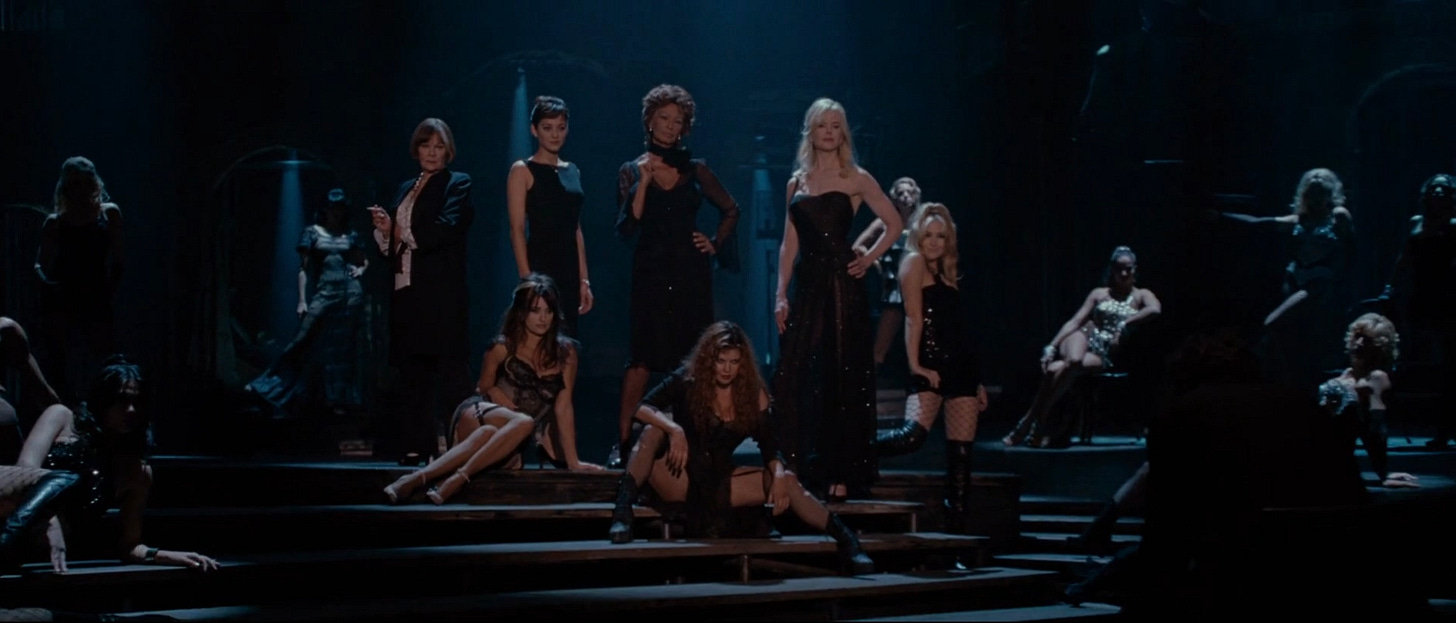
Talk about parallel mothers! When Rob Marshall released his film adaptation of the 1982 stage musical Nine in 2009, culled from Federico Fellini's 8 1/2 and featuring a lot of curious choices and bad accents, who knew it would be the only film (so far!) to star both Sophia Loren, definitive icon and crossover sex symbol of 20th century cinema, and Penélope Cruz, the clear successor to her legacy (“page one…page nothing!”)? These two legendary brunettes perfected the onscreen archetype of the fiery, earthy Southern European woman, whose terrible beauty often hinders rather than helps her attempts to self-actualize and self-determine her own life. “Take that glint out of your eye,” Joan Crawford snarks in Humoresque (1947). “That glean: I don't know how you men get that way but every time you meet an attractive woman you begin to plan on how and where you can club her wings down.” I might tack on “a strong, attractive” woman, because men seem to relish the challenge to break a woman that dares to show something like strength, or who wears her sexuality without shame. We’re in a new cinematic dawn of breast positivity, ladies, so let these unabashedly buxom, sassy divas inspire you to embrace your curves (and yell at men).
Mamma Roma, Sophia Loren
Born out of wedlock into pre-War Rome, former pageant girl Sofia Costanza Brigida Villani Scicolone, known professionally as Sophia Loren, fought her way to become one of the definitive faces (and figures) of Italian post-War cinema. At 16, she enrolled in the Centro Sperimentale di Cinematografia, Italy’s state film school, appearing in her first picture in 1951 (Mervyn LeRoy’s Quo Vadis). Thanks to her otherworldly beauty, talent, charisma, (and a particularly fruitful marriage to mega-producer Carlo Ponti in 1957), Loren would cross over into international stardom, becoming the first actress in a non-English language film to receive an Oscar for Best Actress with her win 1961 win for Vittorio De Sica’s Two Women (1960). It was the second of nine collaborations with the famed director, who would perfect the post-war Italian sex comedy with classic films like Yesterday, Today and Tomorrow (1963) and Marriage Italian Style (1964), which played off Loren’s irrepressible sex appeal and vivacious onscreen persona. Ponti was the one who came up with the idea of changing her name (from “Sofia Lazzaro”), rebranding her as a sex symbol who could cross over into international films as the prototypical voluptuous Italian woman, whose tightly corseted, girdled body made her silhouette the epitome of post-War excess, just as her tempestuous onscreen persona made her the antithesis of demure American WASP femininity (“Everything you see I owe to spaghetti,” she allegedly cooed in the pages of Life in 1961, only to clarify: “Non è vero!” in 2015).
Penélope Cruz: Woman on Top
Never start a land war in Asia, beware Greeks bearing gifts, always bet on black, and never count out Penelope Cruz come Awards Time. At 49, she is a four-time Oscar nominee (and one-time winner, for Vicky Christina Barcelona) staring down a potential fifth nomination/win for her incredible work in Michael Mann’s Ferrari (2023), which draws its near-operatic sense of tragedy from her performance as Enzo Ferrari’s despondent, estranged wife, a creature whittled down to pure id. Widely regarded as one of the most beautiful women in the world, it’s easy to look past Cruz’s sheer talent as an actress, even as she regularly delivers performances that seem to subvert the reality of her own beauty. Like Loren, she found a creative patron of her own in cult Spanish filmmaker Pedro Almodóvar: over the course of seven collaborations, the duo have perfected the art of the Spanish melodrama with films like All About My Mother (1999, Broken Embraces (2009), and Volver (2006), the latter of which earned her an Academy Award nomination for Best Actress (making her the first Spanish actress to receive such a nomination and — like Sophia Loren — one of the few non-American women to be honored for acting at the famed Hollywood ceremony). Equally adept at comedy and drama, Cruz wears and tears through onscreen emotions like they’re cards from a deck hidden up her sleeve: hilarious and terrifying in anger, she is magnetic in heartbreak. In Cruz, Almodóvar found a seductive paradox of femininity: the beauty and the tragedy, intertwined in one. “I can never lie to him,” she told Entertainment Weekly in 2021. “It just happens. The connection with someone to grow together, experience things together — you keep understanding each other.” Almodóvar intrinsically understands that when it comes to women like Cruz, the ultimate masculine fantasy in regards to their body is one of control and subjugation, and her strength comes from a self-determination negotiated completely outside of the male gaze. Cruz, who has appeared in Spanish, Italian, and English-language films throughout her career, made her film debut with the ridiculously sexy Jamón jamón (1992), in which she is paired with Javier Bardem, her eventual off-screen husband — and the two have a kind of crackling onscreen chemistry that people used to build movies around. She successfully crossed over into Hollywood with Vanilla Sky (2001), an English-language remake of the Spanish film Open Your Eyes (1997), in which she also starred, receiving a Razzie nomination for her performance in the former (worthless institution). The film printed money, however, and soon Cruz was making a real name for herself; after Volver was a massive hit, the rest, as they say, is history. What else can we come to expect from this talented siren? Hopefully a Marriage Italian Style remake with her and Antonio Banderas, which Almodóvar teased a while back. That would truly solidify her as the heir apparent to Sophia Loren’s cinematic legacy.
The more truth he tells, the worse it gets: Conspiracy Theory Cinema
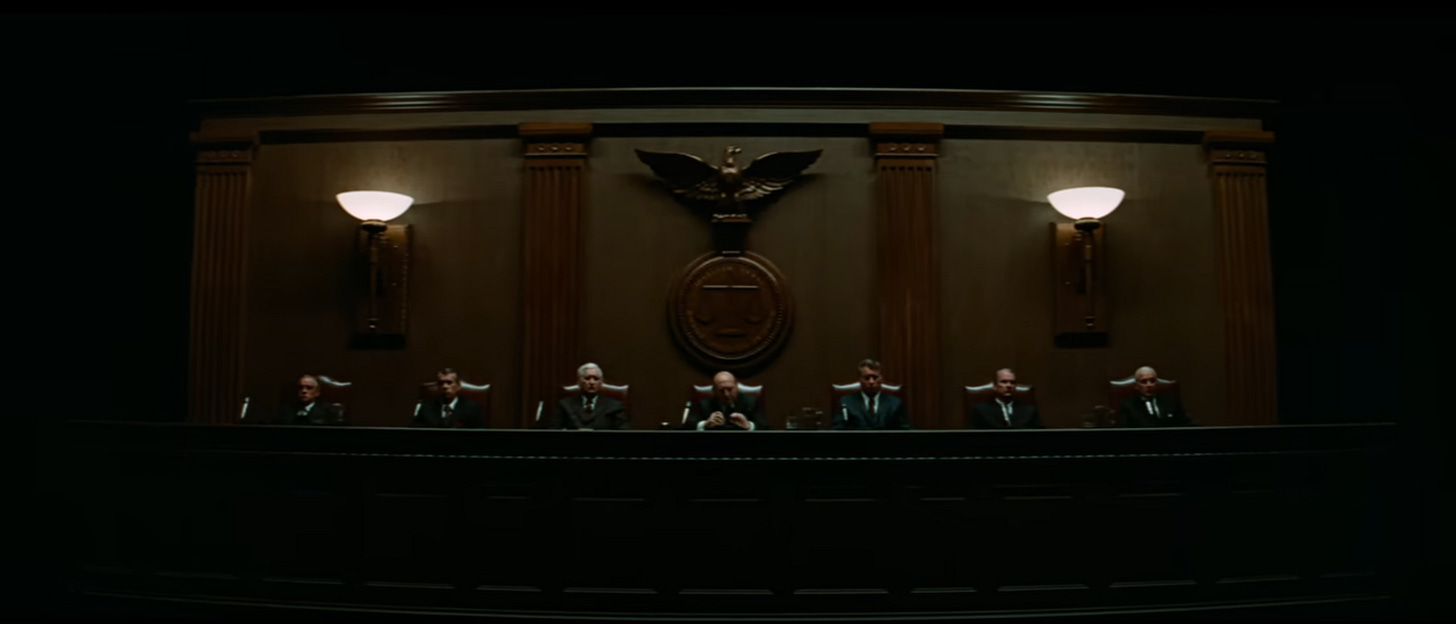
In mid-December, a judge ordered that all documents pertaining to the settled civil lawsuit against Ghislaine Maxwell, associate and criminal accomplice to dead sex trafficker Jeffrey Epstein, should be unsealed to the public, beginning in January. Throughout this month, additional documents have been released in waves, renewing discussion on the shadowy ring of sex abuse and blackmail that Epstein wielded with and against some of the world’s most powerful figures. It’s one of the hottest topics for conspiracy theories right now — particularly with leftists, who like making podcasts about it, and far-right conservatives, who seem to view it as an imminent exposé of Hollywood’s secret cabal of predatory Democrats, instead of a scathing indictment of the rich and powerful across all political distinctions. The problem with talking about systemic issues of child sexual abuse in Hollywood (and the world over) is that conversation so quickly devolves into Pizzagate-esque conspiracies or anti-semitic tropes about the "Jews" who run Hollywood, which makes any kind of serious, probing conversation feel impossible. It’s a common issue with conspiracy theories: how far down the rabbit hole are you willing to go? Who determines what is conspiracy, what his (secret) history, and what is propaganda or deliberate disinformation? Can something like the truth ever really be found against a surveillance state that conceals, redacts, and withholds the truth of their domestic and international actions from its own people? I (mostly) hold conspiracy theories at a distance — while they fascinate me, it seems impossible at times to tease out the truth, whatever that is, through the haze of someone’s personal bias, particularly when dealing with alternative sources of information. If you know me, then you know that I allow myself to indulge in just one golden chestnut conspiracy theory, which I think should be everyone’s allowance: being from Dallas, I prefer to believe that the Kennedy assassination was a plot by a larger, powerful group of individuals with greater political aims, not a random, lone-acting patsy (no matter how much it embarrasses my parents when I express this opinion in mixed company). Luckily, there’s no shortage of films about the Kennedy assassination — and the different theories as to who was behind it (the CIA): cinema’s greatest period (the 1970s) coalesced sandwiched between the end of an era of considerable turmoil and the biggest revelation of criminal misconduct in modern American political life. The public was… suddenly extremely suspicious! And it’s only intensified in the decades of political instability and intrigue since: just since 2001 the government has openly lied about weapons of mass destruction, openly lied about citizen surveillance, (at best) enabled Jeffrey Epstein by doing nothing to prosecute his crimes, and has not addressed the fact that a suspicious number of black activists have mysteriously died in the wake of the 2014 Ferguson uprising, which is just par the course for the Federal Bureau of Investigation, who “neutralized” countless militant progressives and anti-war activists in secret under COINTELPRO. I mean… can you really blame anyone for being paranoid? At some point, isn’t it far more foolish to follow official government narratives blindly, given how often they’re proven false?
Movies are great for conspiracy theories: they can present or tease new ideas without cosigning their authenticity, claim creative license, and act as nesting dolls for bigger, more controversial ideas about the world. This is dangerous, obviously, but it’s not within the purview of this newsletter to litigate such things. This program consists of films about real conspiracy theories: the moon landing, sex trafficking to the elite, Opus Dei, MKUltra, “Oxfordian discourse,” the Contras, President Bill Clinton’s well-known proclivities, Watergate, Banco Ambrosiano, secret British atrocities during The Troubles, TWO wars (?!), and so much more. No tinfoil hats over here: we’re just analyzing the films in the Conspiracy Cinema Canon, and maybe indulging in a little speculation as to how likely each conspiracy is. Follow the money, move a flowerpot with a red flag onto your apartment balcony, and meet me at 1401 Wilson Boulevard, just over the Key Bridge in Rosslyn. I’ve got some information that may be relevant to your interests…
Favorite First Watches of 2023
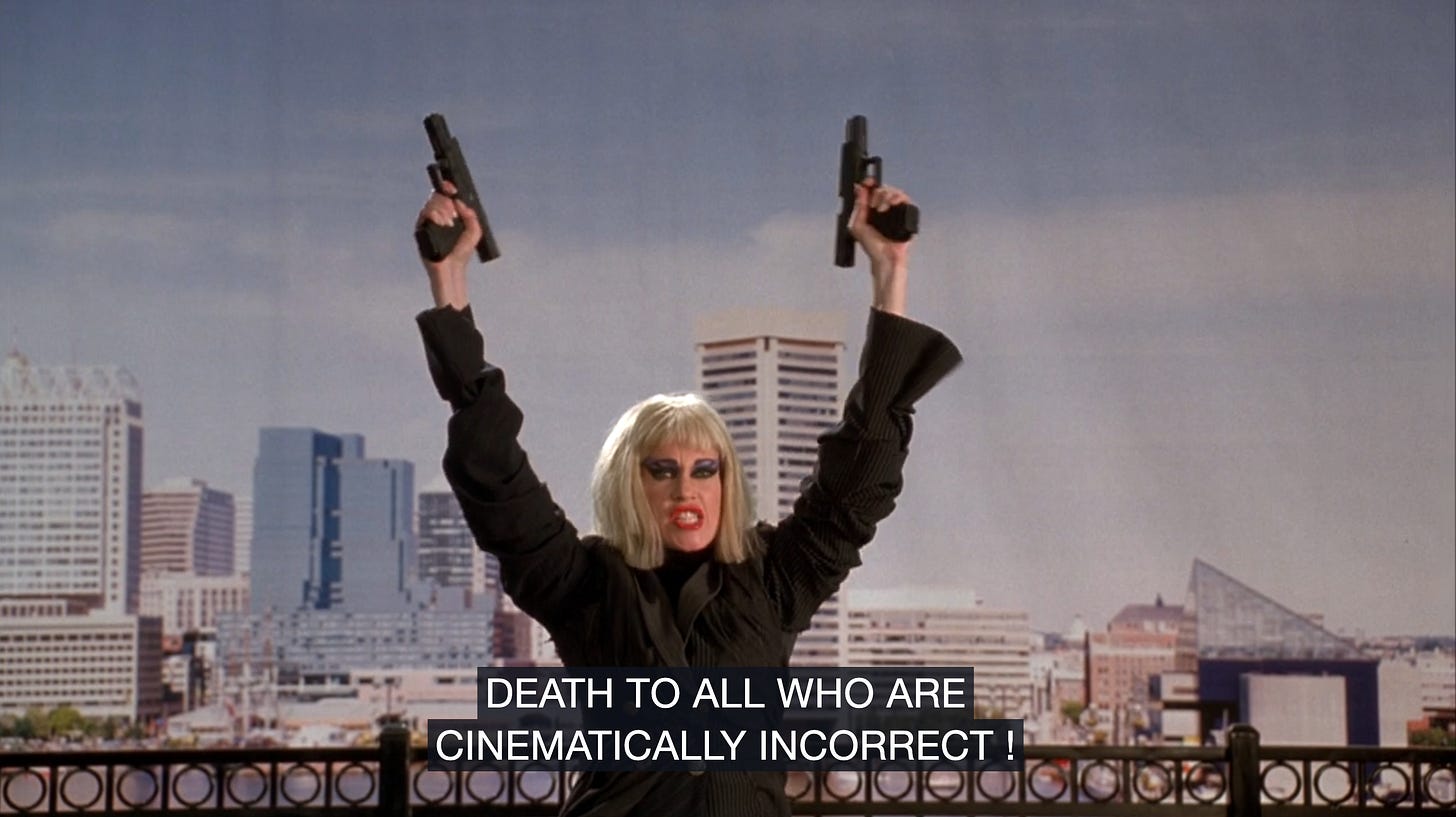
As is annual tradition, here are 50 of my favorites movies I watched for the first time this year (because I find “end of the year” lists exclusive to one year so boring). "There are no 'old' movies really — only movies you have already seen and ones you haven't," our patron saint Peter Bogdanovich once said, likely between typing up a notecard for whatever film he was watching at the time. This program reflects so many viewing choices determined by years (!) of researching and programming movies for you guys, which still (mostly) brings me joy, even in the dead mental space of the New Year. Thank you to everybody who continued to support and share The Spread in 2023, as well as everyone who has taken a chance on an unknown movie because of this newsletter! I’m giving all of my readers the kind of all-encompassing, desperate hug that can only be shared by forbidden gays at a rigid 20th century English public school. See you soon!






